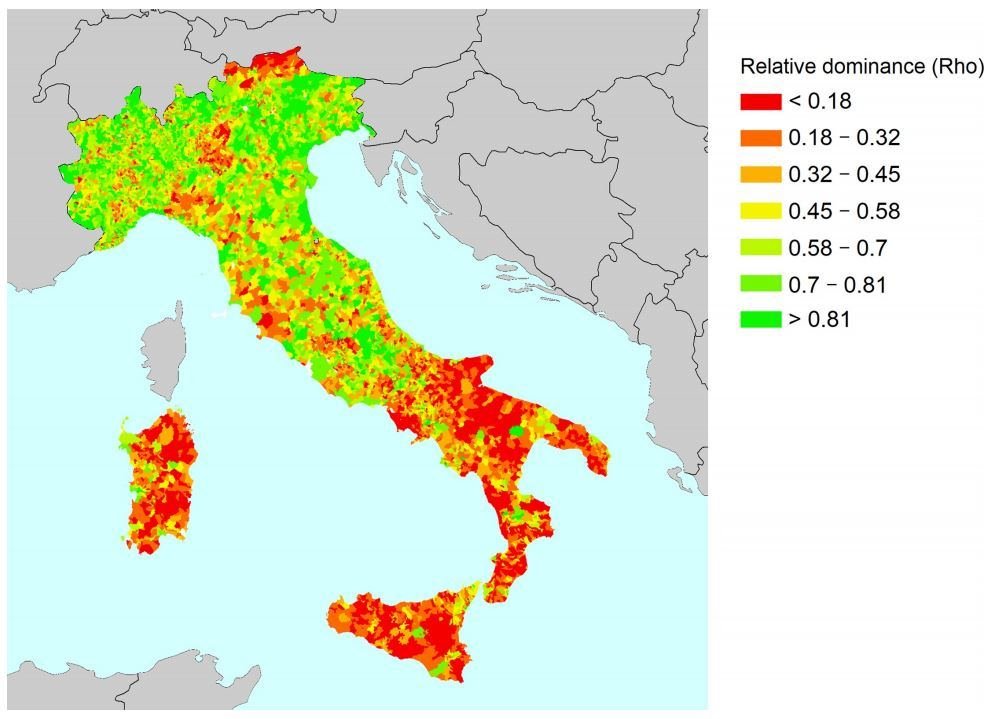
Climate-related disasters can affect safety and well-being of communities, also in Italy. A study published by a team of CMCC scientists ranks Italian municipalities according to their resilience capacity, providing new, reliable and essential information to policy-makers for the design of disaster risk reduction and climate change adaptation policies.
In recent years, climate-related risks have increased as a result of changing climate, unplanned urbanization, demographic pressures, land-use and land-cover change, biodiversity loss, and eco-system degradation. The UN Sendai Framework for Disaster Risk Reduction 2015-2030 calls for investments for resilience and mainstreaming disaster risk reduction into the sustainable development policies.
Italy is highly exposed to natural hazards: understanding how the resilience capacity is spread over Italy is crucial for policy-makers to build adaptation and disaster risk management policies and to allocate the budget needed to implement the Sendai Framework.
In the recently published paper “Constructing a comprehensive disaster resilience index: The case of Italy” a team of scientists of the CMCC Foundation – Euro-Mediterranean Center on Climate Change (CMCC) ranks 8092 Italian municipalities measuring their resilience capacity to disasters.
“The study aims at giving the policy-makers a relative measure – and a map – which shows which regions and municipalities in Italy have a high resilient capacity and which don’t have” affirms Sepher Marzi, CMCC researcher and lead author of the paper.
Results show a clear north-to-south pattern. The northern Italian territory is higher resilient against disasters, while the southern Italian territory shows the opposite results. However, as shown by the map (where the green color indicates higher resilience and red indicates lower levels of resilience), some areas within the macro Italian regions present contrasting behaviour.
In the study, scientists take into account several dimensions to evaluate the resilience of municipalities: access to services, quality of institutions, housing conditions and population density, social cohesion, education, environmental status and ecosystem protection, economic capacity and distribution.
But measuring resilience is not an easy task. “The concept of resilience itself is controversial, as there is not a unique definition of it” Dr. Marzi says. “Besides the theoretical issues, mainly related to the choice of indicators, there are also methodological issues, related to how to aggregate them. Our research is innovative because it overcomes these issues, including different methodological choices in the final result: we built a comprehensive composite municipal disaster resilience index for Italy that guarantees policymakers the high quality of the outcome”.
The publication is part of the EU Horizon 2020 project CLARA “Climate forecast enabled knowledge services”, whose aim is to develop a set of leading edge climate services building upon the newly developed Copernicus Climate Change Services. Four researchers of the CMCC Division “Risk Assessment and Adaptation Strategies” contributed to the article: Sepehr Marzi, Jaroslav Mysiak, Arthur H. Essenfelder, Mattia Amadio.
Link to the open access article: https://doi.org/10.1371/journal.pone.0221585



